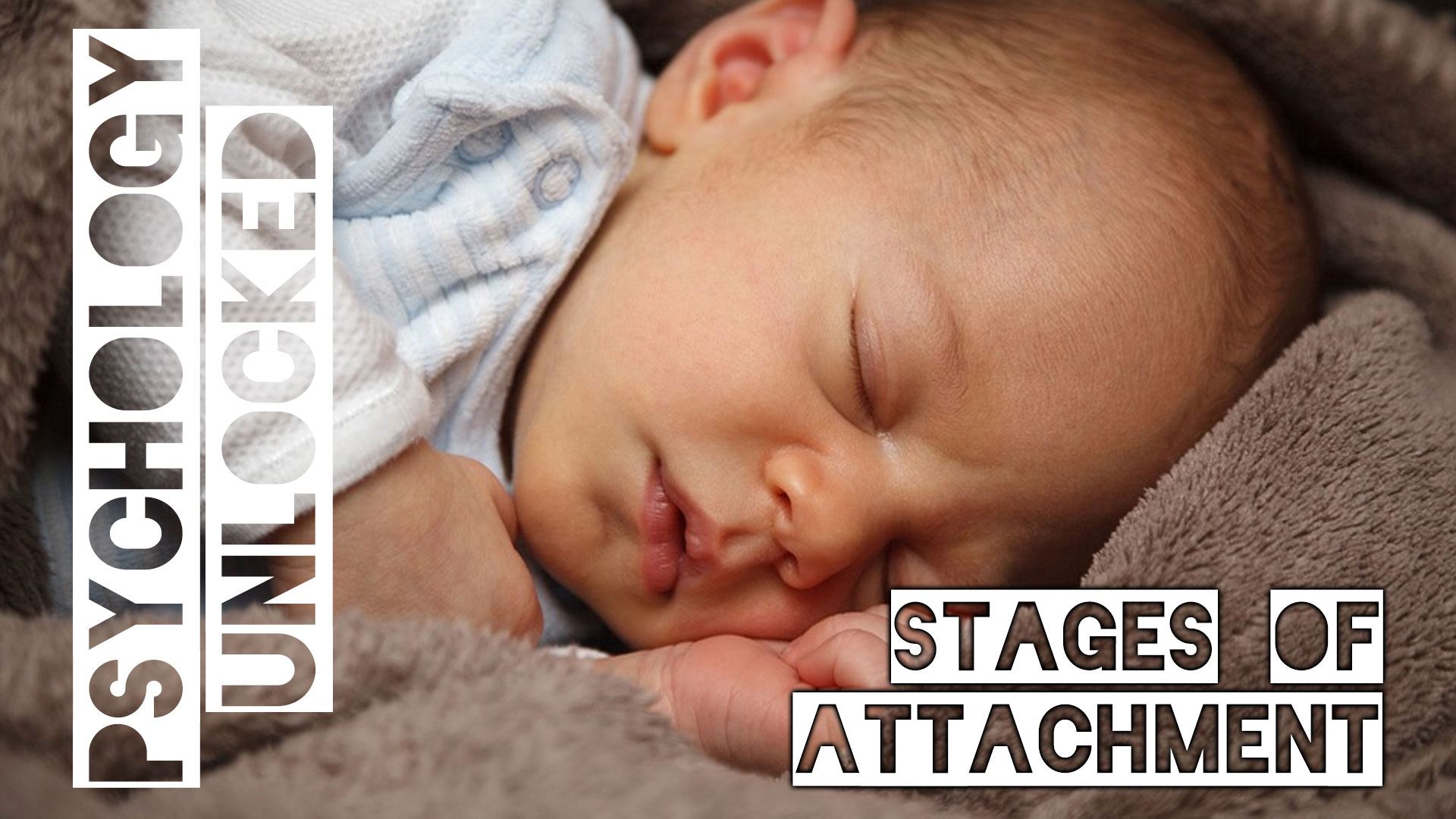
Schaffer & Emerson (1964) conducted an observational study of 60 children in Glasgow, Scotland, to understand how babies form and develop attachments.
They note that human infants take a significantly longer time to form a bond than newborn animals, such as ducks.
Human infants’ attachments develop in four stages:
1) The Asocial Stage – usually lasts up to six weeks after birth. Newborns don’t tend to discriminate between humans, but do demonstrate a preference for humans over non-humans.
2) The Indiscriminate Stage – from six weeks to six months. Babies can tell people apart, so start to develop a stronger attachment with familiar adults. Babies don’t yet show an aversion to strangers.
3) Specific Attachment – from seven months. Infants demonstrate separation anxiety when separated from their primary attachment (usually a parent). Babies also begin to demonstrate a fear of strangers at this stage.
4) Multiple Attachments – finally, from around 10 months babies demonstrate a significantly increased interest in friends, grandparents and other familiar adults.
